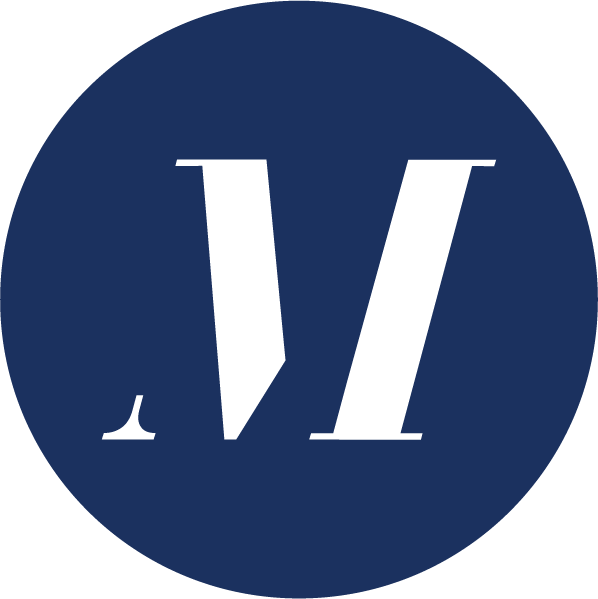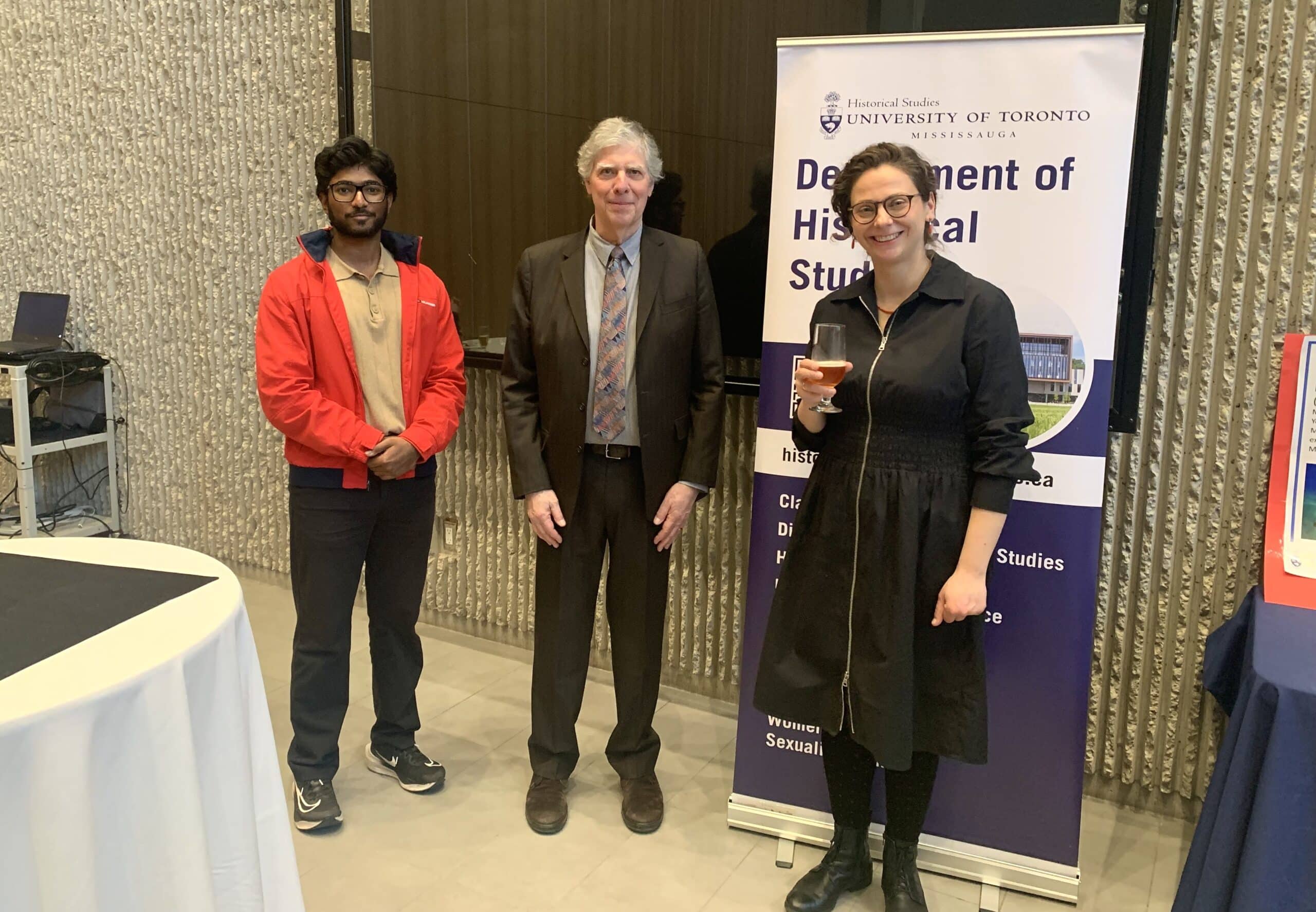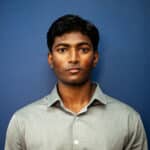UTM historical department welcomes renowned professors for recent event
Titled “Classics and the World Today,” the event saw Professor Glenn Most and Professor Bettina Reitz-Joosse take the stage to give lectures on the use of building metaphors in antiquity.
On March 13, in the Kaneff Rotunda, the University of Toronto Mississauga (UTM) Department of Historical Studies hosted its annual “Classics and the World Today” (CaWT) event. The program was composed of two lectures that built on the event’s theme, “Building as Metaphor: Constructing Understanding in the Ancient and Modern World.”
Invited by the Department to give the studies were international Classics Professors Glenn Most and Bettina Reitz-Joosse.
Most is a professor at the University of Chicago and the Italian Scuola Normale Superiore di Pisa. He has taught at the Universities of Yale, Princeton, Michigan, Siena, Innsbruck, Heidelberg, and Paris and has published copious classics-based works and translations.
Reitz-Joosse is a professor at the University of Groningen in the Netherlands, where she was elected Lecturer of the Year in 2018. She holds degrees from the Universities of Oxford and Leiden and is a member of the De Jonge Akademie of the Dutch Royal Academy of Arts and Sciences and the Young Academy Groningen.
By the time the event started at around 5:15 p.m., the Kaneff Rotunda was packed with students from various disciplines. As light jazz music played in the background, Professors Reitz-Joosse and Most took their places at the front of the room while UTM Classics Professor Andreas Bendlin opened the event and introduced the speakers.
Professor Most spoke first and began his lecture by offering various interpretations of the metaphor, including the views of Aristotle, I.A. Richards, and himself. The second part of Professor Most’s lecture explored various cosmogonic metaphors which were used in antiquity to conceive the creation of the world.
First, Professor Most referred to Hesiod’s Theogony to explore the analogy between the universe’s development and the construction of a house. Professor Most then discussed the idea of “separating and ordering” in Anaxagoras’ writing and the Bible’s Genesis 1. Additionally, he referred to Genesis 2 to visit the “building of a garden.” Professor Most ended his lecture by pointing to the all-encompassing idea that the Earth is our home and encouraging the audience to act as its stewards.
Professor Reitz-Joosse then took to the podium to consider the cultural aspects of architectural metaphors to understand more about how Romans thought.
Professor Reitz-Joosse first explored the common analogy between speech and construction through Dionysius of Halicarnassus’ “On the Arrangement of Words,” Manilius’ Astronomica, Tacitus’ “Dialogue on Orators,” and Horace’s Odes. Professor Reitz-Joosse then stepped back to elaborate on her observations by claiming that metaphors can be used to cognitively manage the messiness of reality, as seen through how, despite construction obviously being very messy, it was treated as neat in the aforementioned texts.
Professor Reitz-Joosse ended her lecture by exploring the Roman conceptualization of ownership, which cast construction projects as being the creation of one person, while the many labourers who contributed were considered tools.
Immediately following the lecture and a brief Q&A, a reception was held in the Maanjiwe nendamowinan Grand Hall, where students enjoyed an assorted banquet and had the chance to interact with peers and faculty.
The Medium had the privilege of talking to both Professor Reitz-Joosse and Professor Most during and after the reception to glean their valuable insights.
In an email conversation after the event, Professor Most referred to classics as a “world which is both very distant from ours in time and yet closely linked with the present,” and noted that by studying classics, “we can learn not only about an ancient world but also about how the world has been understood over time by earlier generations and therefore, potentially by ourselves.”
In an in-person conversation, Professor Reitz-Joosse pointed to her work studying the ancient world today and specifically the modern usage of Latin, in contexts varying from politics to tattoos. “There’s this whole past of the language–thousands of years of history that you could marshal at the moment you use it.”
Professor Reitz Joose also shared her pleasure with the event’s filled-out audience. “I was very excited to see how many people were there and how many students were listening in this very engaged way…”
Finally, Professor Most stated that “UTM Classics has a bright future,” and seeing “so many engaged young students” and the chance “to speak with many of them was very heartening.”
News Editor (Volume 51); Associate News Editor (Volume 50) — Samuel is a second-year student at UTM studying Politics and English. He previously worked with The Medium as an Associate News Editor and currently serves as the publication’s News Editor. Samuel is passionate about employing the power of writing to enhance our student community and hopes to help nurture a bright future for The Medium this year. In his spare time, Samuel can be found working out, creating music on the piano and drums, or exploring nature.


